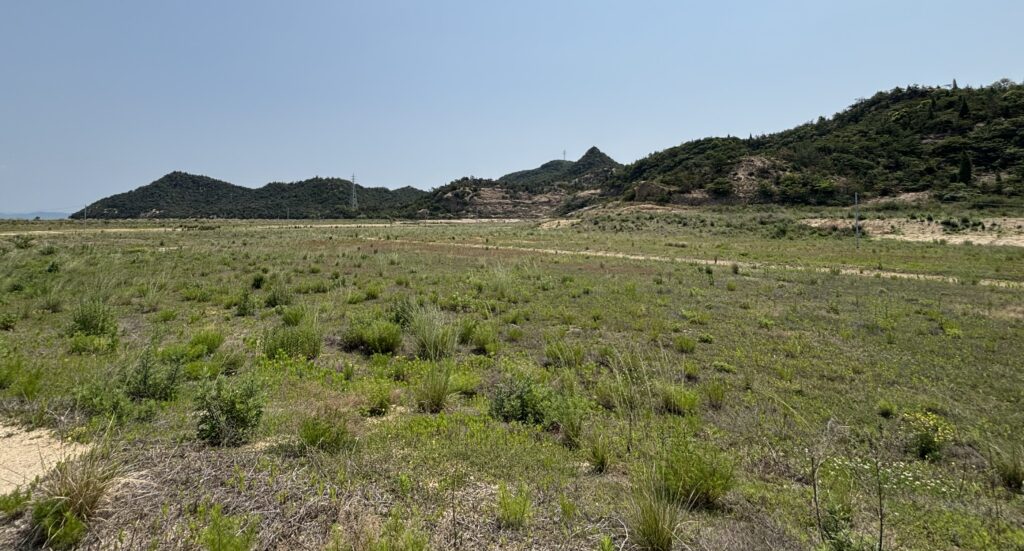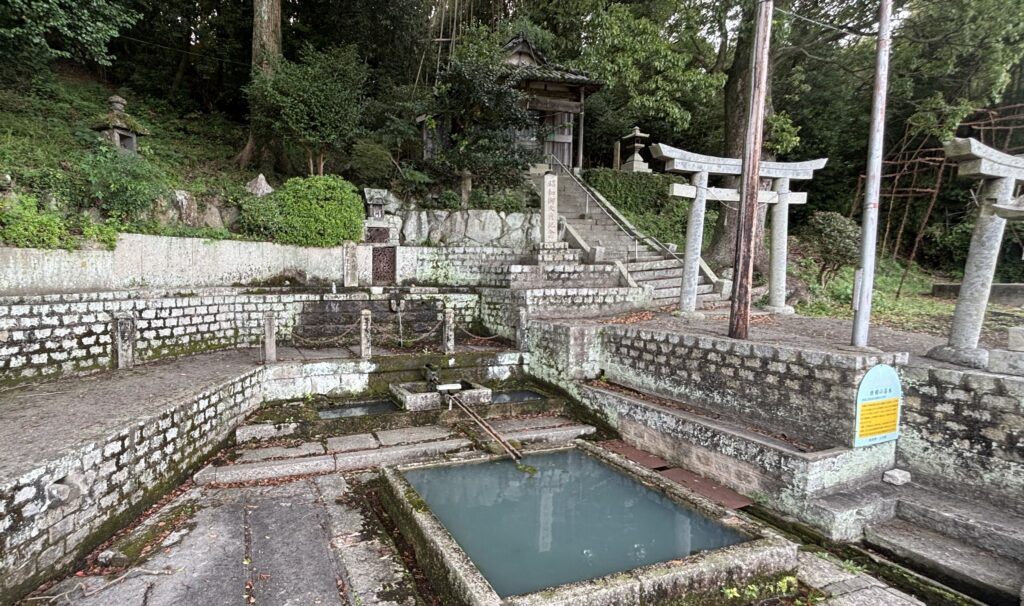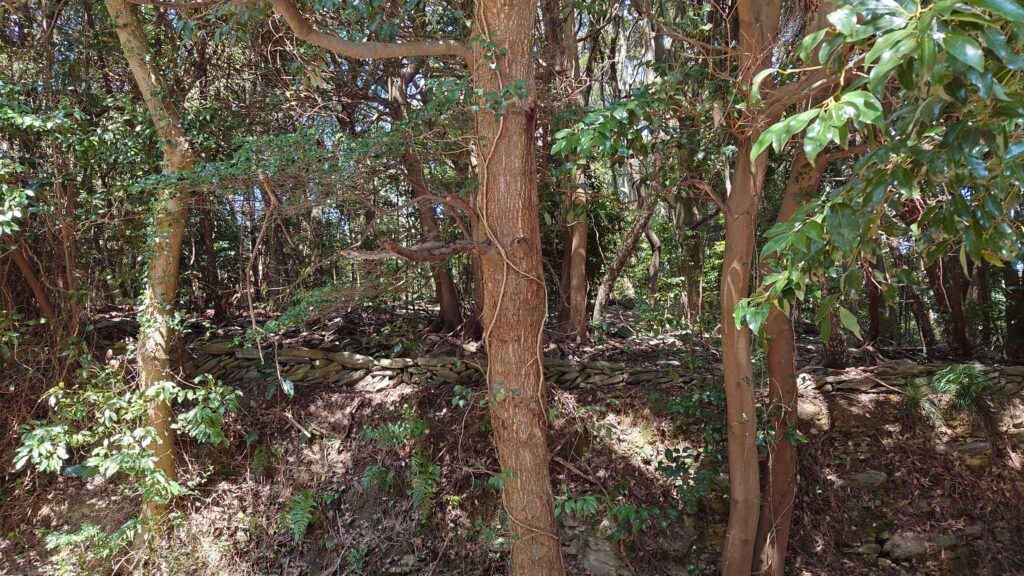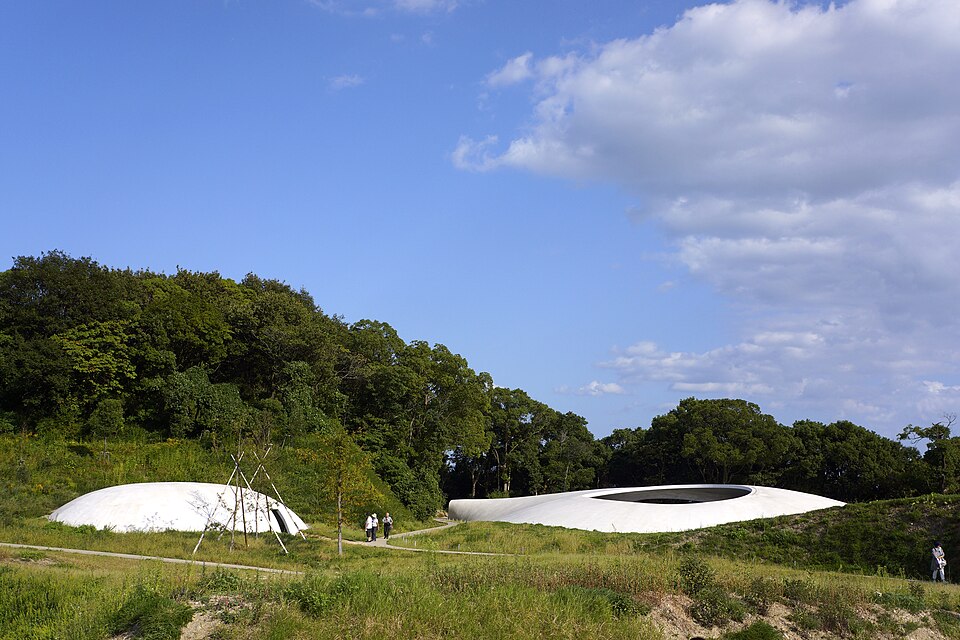Last updated on 23 September
Autonomy of a remote island at the mercy of the Anthropocene: Teshima
Map: Teshima Study Visit
.Google Map also works fine.
Meeting Point: Western Gate of “Takamatsu Castle Tamamo Park”, @07:45.
Reception Desk for the Toshima Study Visit will be only at this Meeting Point from 07:45. After visiting Takamatsu Castle Tamamo Park, we will leave the Meeting Point, Takamatsu Castle Tamamo Park, at 08:30 to Teshima using chartered vessel. We will return to Takamatsu Port at around 19:00. We will visit Takamatsu Arcade to enjoy shopping and dinner.
Programme in Teshima
You will visit following sites (as a part of FV-01) and will enjoy two Plenary Panels PL-04 and PL-02. Please select either option C1 or C2 by 19 September. It’s first come, first served!
- Field Visit A: Industrial Waste Illegal Dumping Incident Site
- Plenary Panel PL-04: Rural areas, remote areas and remote islands. Will an island, Teshima, in the Seto Inland Sea tell us about the wrong path for postwar Japan?
- Field Visit B: Karato Abundant Water Spring and Rice Terrace
- Field Visit C1: Mt. Dan-Yama: The Ecology of the Itajii Chinquapin Forest [Choose one from C1 or C2] MAXIMUM CAPACITY: 22 persons. To prevent tick bites, wear long sleeves and long trousers. Sandals are prohibited.
- Field Visit C2: Teshima Art Museum (extra admission fee: 1,800JPY) [Choose one from C1 or C2] MAXIMUM CAPACITY: 30 persons.
- Plenary Panel PL-02: Environmental history of seaweed/-glass bed and future perspectives in the Seto Inland Sea, Japan
Time Table
For Groups A and B
07:45-08:30: Takamatsu Castle Tamamo Park
08:45-09:30: Voyage from Takamatsu to Teshima (Ieura Ferry Port)
09:45-10:45: Field Visit A: Industrial Waste Illegal Dumping Incident Site
11:00-12:30: Plenary Panel PL-04 (@Teshima Community Center)
12:45-13:15: Lunch (@Karato Hall)
13:15-14:00: Field Visit B: Karato Abundant Water Spring and Rice Terrace
14:00-14:45: Field Visit C1: Mt. Dan-Yama (Group A) or Field Visit C2: Teshima Art Museum (Group B)
15:00-15:20: Shima Marche
16:00-17:30: Plenary Panel PL-02 (@Teshima Community Center)
18:15-19:00: Voyage from Teshima (Ieura Ferry Port) to Takamatsu
19:00-21:00: Takamatsu Arcade to enjoy shopping and dinner
For Groups C and D
07:45-08:30: Takamatsu Castle Tamamo Park
08:45-09:30: Voyage from Takamatsu to Teshima (Ieura Ferry Port)
09:45-10:45: Field Visit A: Industrial Waste Illegal Dumping Incident Site
11:00-12:30: Plenary Panel PL-04 (@Teshima Community Center)
12:40-13:00: Shima Marche
13:15-13:45: Lunch (@Karato Hall)
13:45-14:30: Field Visit B: Karato Abundant Water Spring and Rice Terrace
14:30-15:15: Field Visit C1: Mt. Dan-Yama (Group D) or Field Visit C2: Teshima Art Museum (Group C)
16:00-17:30: Plenary Panel PL-02 (@Teshima Community Center)
18:15-19:00: Voyage from Teshima (Ieura Ferry Port) to Takamatsu
19:00-21:00: Takamatsu Arcade to enjoy shopping and dinner
Short Guide for Field Visits
Field Visit A: Industrial Waste Illegal Dumping Incident Site

From around 1980 onwards, a huge amount of industrial waste was dumped on the westernmost coastline of Teshima Island. Although people in Teshima protested against this illegal activity, the Kagawa Prefecture endorsed it. Finally in 1990, the Hyogo Prefectural Police investigated and exposed the illegal activity. However, this did not result in adequate compensation or the disposal of the vast amounts of industrial waste. How did the islanders fight to restore a clean environment, and what was the greatest obstacle they faced? We will learn from real history in this island at the real field where the Illegal Dumping occurred.
Here is a Textbook that illustrates basic information on the Industrial Waste Illegal Damping Incident (compiled by NPO Setouchi Olive Foundation).
Field Visit B: Karato Abundant Water Spring and Rice Terrace

Despite being on an island prone to water shortages, the Karato area in the eastern part of Teshima Island has an abundance of water resources, including spring water that continues to flow even during droughts, dug wells and rice terraces.
The tour focuses on the question, ‘Why is there so much groundwater here?’ While examining the island’s topography and geology, it visits sites that symbolise Teshima Island’s rich groundwater environment, such as the “Karato no Shimizu” spring and the rice terraces.
Field Visit C1: Mt. Dan-yama: The Ecology of the Itajii Chinquapin Forest

Mt. Dan-yama is in the middle of Teshima Island. It has the only Itajii chinkapin (Castanopsis sieboldii) forest on the island. This forest has long been loved as the forest of Jurin-ji temple.
The forest has two problems: there is less undergrowth because of wild boar, and Japanese Oak Wilt, a disease that affects oak trees (Fagaceae), is spreading.
This tour will show you how the Itajii chinkapin forest is now.
Field Visit C2: Teshima Art Museum

It opened on 17 Oct. 2010 during the first Setouchi Art Triennale. It is in Karato-Oka area in Teshima Island. The shape of a structure motivated as a water drop with a big hole that draws air and sun light outside. The installation inside the strucuture represents changes influeced by the environment.
Kentaro Ohno from Tokyo, Japan – Teshima Art Museum, CC 2.0, https://commons.wikimedia.org/w/index.php?curid=89208477